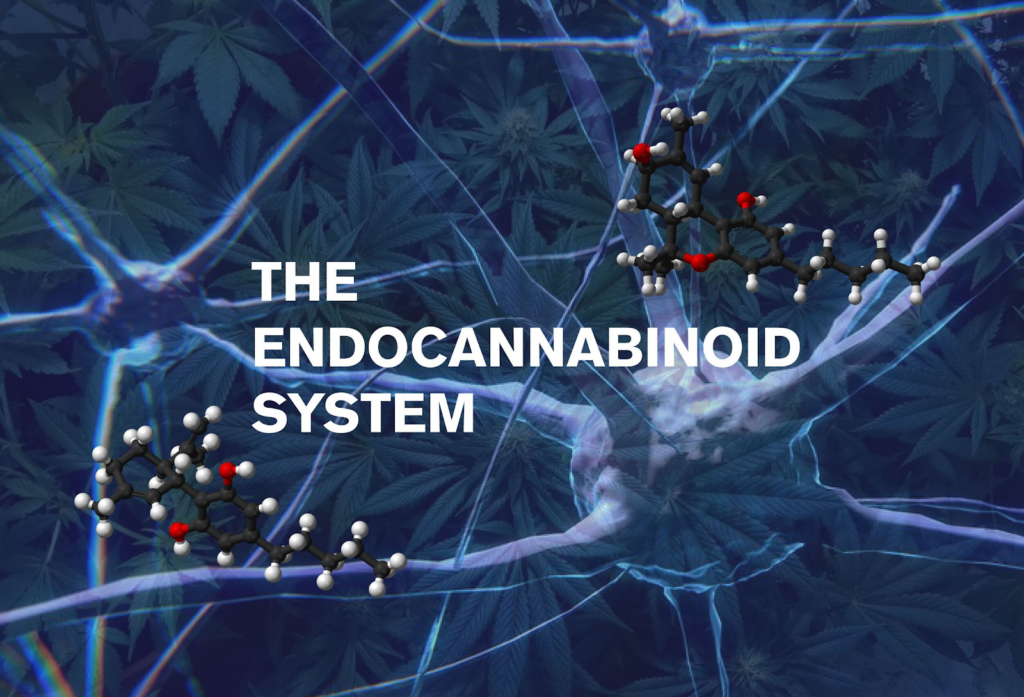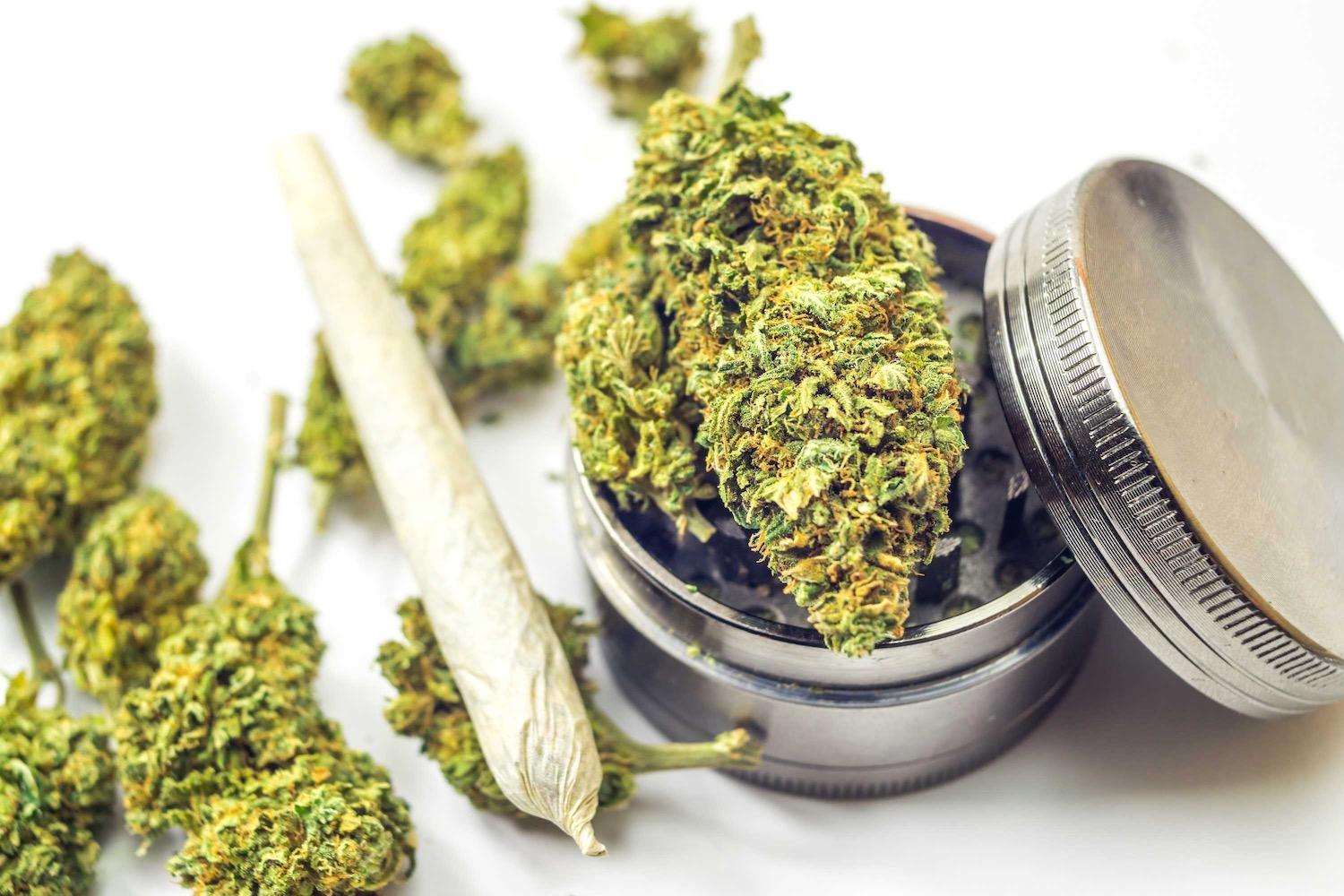Nausea isn’t an illness in and of itself, but it might be a sign of something more serious like anaemia or an allergic reaction, or even just a side effect of anything you’re taking. Medicinal canabis components have been found to have a significant effect on nausea via binding to the endocannabinoid system.
A range of factors, including as viral infections and pregnancy-related morning sickness, might bring on a bout of nausea. There are many potential triggers for nausea, but the resulting discomfort in the stomach and the likelihood of vomiting remain consistent across the board. Interesting, the endocannabinoid system presents itself as a viable therapeutic target, and numerous medicinal canabis resources are licenced for the treatment of nausea in very particular conditions.

What is Nausea?
Nausea is a feeling that everyone is familiar with; it’s a sick, unsettling feeling. People frequently confuse nausea with vomiting, but while they are distinct experiences, they do have certain things in common. Both are often indicators of an underlying infection or sickness. Feeling sick to one’s stomach is called nausea, whereas vomiting is an involuntary response that causes one to empty stomach contents through the mouth. However, there are cases where only feeling queasy is enough to prompt a person to throw up.
Numerous factors might contribute to an individual experiencing nausea. Examples of some of the most prevalent include: anxiety and stress.
Symptoms of a hangover or alcohol poisoning similar to those of motion sickness, morning sickness during pregnancy, food poisoning, or gastrointestinal diseases including irritable bowel syndrome.
In other cases, such when we eat food tainted with harmful microorganisms, nausea might work as a defensive mechanism. On the other hand, there are instances when it seems unnecessary, such when we’re frightened or driving over a particularly rough patch of road. Why, therefore, do we sometimes feel queasy?
The Root Causes of Your Nausea
The cellular machinery of the human body is intriguing. There are a variety of built-in defence mechanisms in place. Even if you don’t consciously register the discomfort, your body will instinctively remove your hand from a hot surface if you happen to accidentally touch it. When you go into a dusty room, your body automatically sneezes away the irritating dust particles. Nausea, gagging, and vomiting are all signs of bodily defences. Extreme episodes of sneezing or muscular cramping, however, are quite uncommon (except in the cases of certain diseases). However, nausea can also accompany a variety of diseases, but it typically appears unexpectedly.
Several different regions of the brain send out the signal that causes nausea. The cerebellum and the vestibular system, for instance, detect signals caused by motion that contribute to sensations of nausea, while the region postrema detects specific vomiting-inducing compounds in the blood. This triggers an autonomic nervous system reaction and an increase in vasopressin (a hormone that causes nausea) from the nucleus tractus solitarius. The vagus nerve carries afferent information from the gastrointestinal tract to the nucleus tractus solitarius. Nausea is caused by stomach rhythm disruptions caused by several causes.

The Role of Intestinal Endocannabinoids
Endocannabinoid system (ECS) is a system of chemicals, receptors, and enzymes throughout the body that plays a role in the therapeutic effects of medical cannabis. CB1 and CB2 receptors are the backbone of the endocannabinoid system, which also includes a number of signalling molecules and both anabolic and catabolic enzymes. The endocannabinoidome (eCBome) is an extension of the ECS that includes additional regulatory components.
Endocannabinoids are the signalling molecules in this system that interact with receptors to regulate cellular processes and keep the body in equilibrium (biological balance). The stomach and the brain are two key anatomical locations where these substances are produced and where they play a significant role in nausea. Anandamide (commonly known as the “bliss molecule”) and 2-AG are two of the most prominent endocannabinoids involved in this control.
The ECS is also crucial in controlling the gut-brain axis, a two-way line of communication between the brain and the gut’s peripheral nerve system. A connection is made here between the brain’s emotional and cognitive centres and the gastrointestinal system. The symptoms of nausea can be triggered by a variety of sensory inputs, including sight, sound, and smell.

Importantly, phyto-cannabinoids, which are derived from the Cannabis sativa plant, mimic the action of endogenous cannabinoids by interacting with the ECS in a similar fashion. As endocannabinoids are involved in the control of nausea, phyto-cannabinoids, which act on the same receptor sites, may provide comparable benefits when used in a therapeutic environment.
Does Medical Marijuana Help with Nausea?
THCa and CBDv aren’t the only medicinal canabis compounds showing promise in preliminary studies of nausea.
Furthermore, while there are numerous potential causes of nausea, endocannabinoid tone (the quantity of circulating endocannabinoids in the body) may have a role. One research that used parabolic flying manoeuvres to create motion sickness revealed that those subjects who were most susceptible to the condition had lower levels of 2-AG in their bloodstream. This endogenous endocannabinoid acts on both the CB1 and CB2 receptors. Cannabinoids like THC and caryophyllene also work here.
Moreover, CBD is able to block the breakdown of anandamide and, to a lesser extent, 2-AG by inhibiting the activity of the enzyme fatty acid amide hydrolase (FAAH).
Cannabidiol (CBD) for the Treatment of Nausea
An increasing number of people are turning to cannabidiol (CBD), a non-psychoactive cannabinoid, for a variety of reasons. If you’re feeling queasy, though, can this chemical help? Again, this field has seen relatively little study thus far.
CBD may work as a nausea buffer by binding to serotonin receptors. According to 2011 animal studies, Sativex (a mixture of THC and CBD) was given to chemotherapy patients suffering nausea in a small human experiment in 2016. By inhibiting ECS catabolism enzymes, CBD shows potential in increasing endocannabinoid (molecules capable of countering nausea) levels. CBD also binds to a variety of eCBome receptors.
To know more about where to buy medical cannabis in Australia and other medical marijuana resources, you should book a consultation session with a professional from Chronic Therapy today.
More to read: Medical Cannabis Treatment for Muscle Spasms



